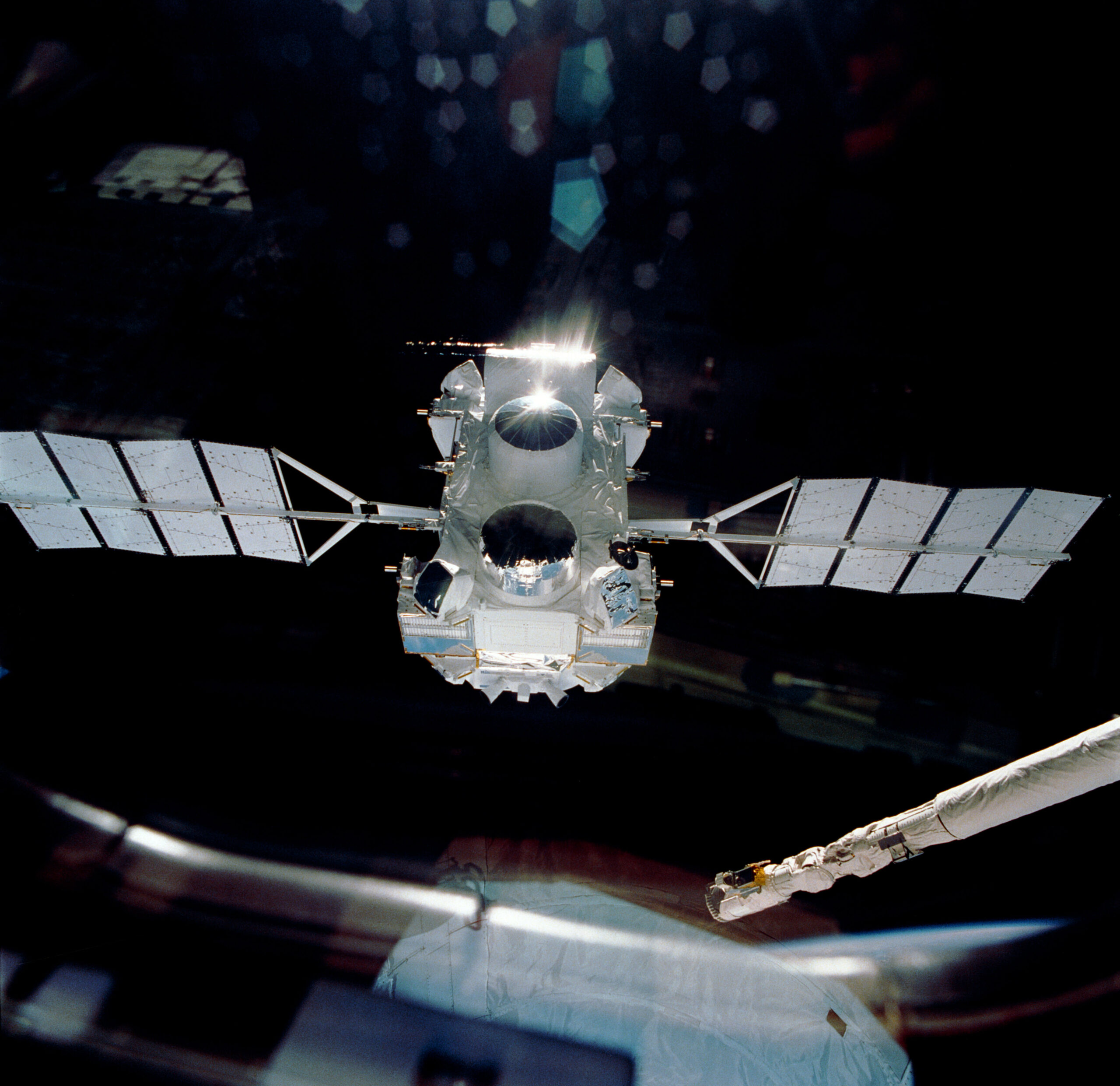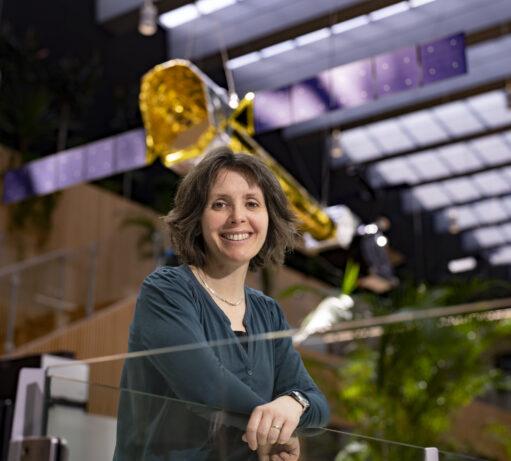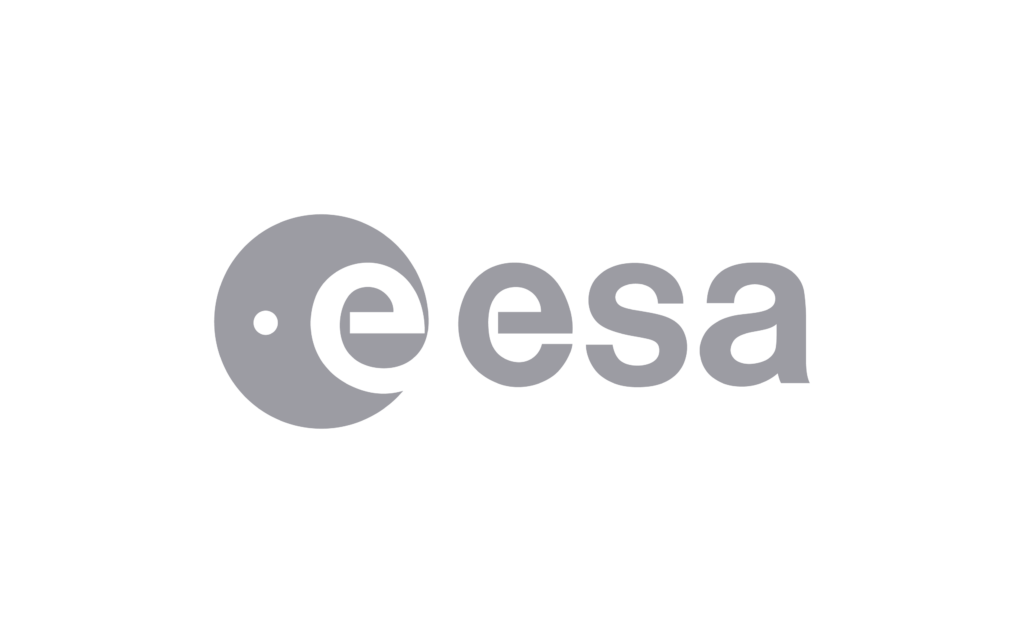| Status | Legacy |
| Launch | 1991 |
| Space organisation | NASA |
| Type | Gamma radiation (0,04 pm – 60 am) |
| Orbit | Geocentric |
| SRON contribution to | COMPTEL |
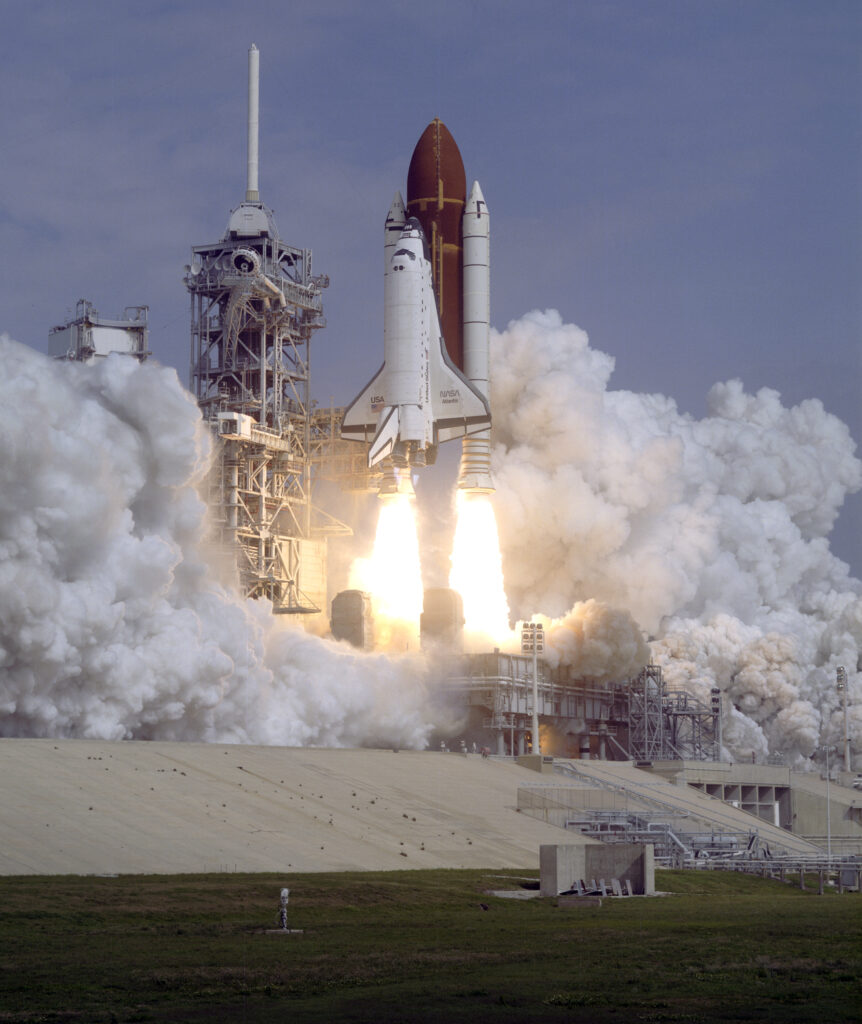
COMPTEL was a Compton imaging telescope that uses the Compton effect and two layers of gamma-ray detectors to construct an image of gamma-ray sources in the wavelength range of 0.04 picometers to 1.6 picometers. This represents an energy range of 0.75 to 30 MeV. The instrument had a field of view of about 1 star radian, an angular resolution of about 1 degree. Furthermore, COMPTEL had a spectral resolution of 6 to 10, meaning it could distinguish colors with a precision of one-sixth or even one-tenth of the wavelength. That determines how sharp the spectral lines are. Astronomers have used the instrument to look at active galaxies, radioactive supernova remnants, compact objects and the interstellar medium.
COMPTEL’s top layer of detectors scattered an incoming gamma particle according to the Compton effect. This photon was then absorbed by NaI crystals in the lower detectors. The instrument recorded the time, location and energy of the events in each layer of detectors, which allowed it to determine the direction and energy of the original gamma particle and reconstruct an image and energy spectrum of the source.
SRON participated in the development and construction of COMPTEL, including calibration and data analysis.



